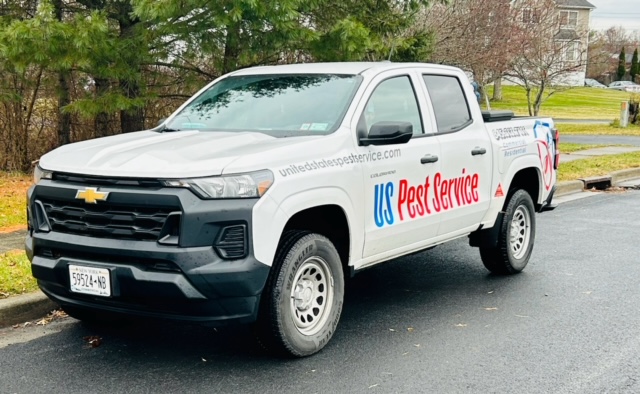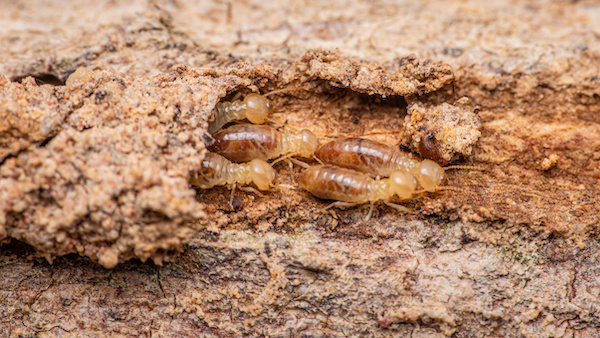Termites are among the most destructive pests affecting homes across the United States, and New York is no exception. While many homeowners assume that termites are only active during the warmer months, the reality is more complicated. Termites can be a year-round concern, especially when they establish colonies inside structures where environmental conditions are stable.
In this article, we explore the behavior of termites in New York, how seasonal changes affect their activity, and why termite control should be considered a long-term investment rather than a one-time fix.

Understanding Termite Behavior in New York’s Climate
New York’s climate features four distinct seasons, including harsh winters and humid summers. These seasonal changes affect termite behavior, but not in the way many expect.
Subterranean termites, the most common type found in New York, live underground in colonies that can number in the hundreds of thousands. While their swarming activity is most visible in spring, especially after warm rains, the rest of the colony continues its destructive work behind the scenes.
Here’s how termites respond to seasonal conditions:
- Spring: This is peak swarming season. Winged reproductive termites (also known as swarmers) emerge to mate and form new colonies.
- Summer: Colonies are highly active, feeding on wood and expanding tunnels through foundations and structural wood.
- Fall: Activity slows slightly, but colonies continue to feed and grow underground or inside structures.
- Winter: Outdoor activity may slow in frozen soil, but termites inside heated buildings continue feeding without interruption.
So while activity may appear to decline during winter months, termites in temperature-controlled environments remain a year-round threat. This is why year-round vigilance and prevention are essential in New York.
Signs of Termite Activity to Watch For
Because termites are silent and persistent, most homeowners don’t notice them until considerable damage has been done. Recognizing the early signs of infestation is critical to avoiding costly structural repairs.
Key indicators of a termite presence include:
- Mud tubes: Subterranean termites build pencil-thin tubes along walls, foundations, or crawlspaces to travel between their colony and food sources.
- Discarded wings: After swarming, termites shed their wings. Finding piles of these near windowsills or doors is a common sign of a nearby colony.
- Hollow-sounding wood: If tapping wood sounds empty, termites may have eaten away the interior structure.
- Blistering or bubbling paint: Termite damage beneath the surface can cause paint to warp or crack.
- Buckling floors or sagging walls: As damage progresses, the integrity of the flooring and support beams can be compromised.
Detecting these symptoms early allows for quicker intervention and limits the extent of necessary repairs. It’s also worth checking for termite activity in ceilings, especially in older homes or properties with previous moisture damage, where overhead wood structures may quietly be under attack.
Why Year-Round Termite Control Is Critical
Given the consistent threat termites pose, especially when indoor infestations go unnoticed, implementing a year-round termite control strategy is critical. Waiting until swarm season or visible damage appears can result in much higher costs and extended treatment timelines.
Year-round control helps by:
- Monitoring activity continuously: Professional pest control services often include monitoring stations that detect new or ongoing activity.
- Interrupting colony growth: Strategic baiting systems and targeted treatments can weaken and eliminate colonies over time.
- Preventing reinfestation: Barrier systems and follow-up visits help reduce the likelihood of termites returning.
- Protecting against structural loss: A proactive approach is significantly less expensive than foundation or wood beam replacement.
Understanding how to spot subtle termite tracks in or around your home can make a major difference in catching infestations early, before serious repairs are needed. In regions like New York, where termites are persistent but not always visible, prevention is far more cost-effective than emergency remediation.
Professional vs. DIY Termite Control: What Works Best?
While hardware stores may offer over-the-counter sprays or bait traps, termite infestations typically require professional attention due to the complexity of locating and fully eliminating colonies. Termites don’t just infest one spot, they move through networks of tunnels that are difficult to access without specialized equipment.
Professional termite control experts provide:
- In-depth inspections to identify species, activity zones, and the extent of damage
- Custom treatment plans based on property layout and infestation severity
- Long-term prevention measures, such as perimeter baiting and monitoring systems
- Warranties or service agreements that ensure ongoing protection and follow-up support
These services are particularly valuable in New York homes with basements, crawl spaces, or wood-frame construction, all of which provide ideal entry points for termite colonies.
Key Takeaway: Don’t Let Termites Catch You Off Guard
While many pests are seasonal nuisances, termites are in a category of their own. In New York, where the weather can be unpredictable and homes are often built on wood-based frames, termites are a year-round threat, especially when conditions inside the home remain ideal for their survival and reproduction.
Staying informed about their behavior, recognizing early signs, and prioritizing year-round monitoring is the best way to protect your home from costly damage. And while small prevention efforts are helpful, addressing a termite issue thoroughly requires trained professionals who understand how to eliminate colonies and prevent their return.If you’re concerned about termite activity in your New York home, don’t wait for visible damage. Reach out to United States Pest Service for trusted termite control solutions and year-round protection.

